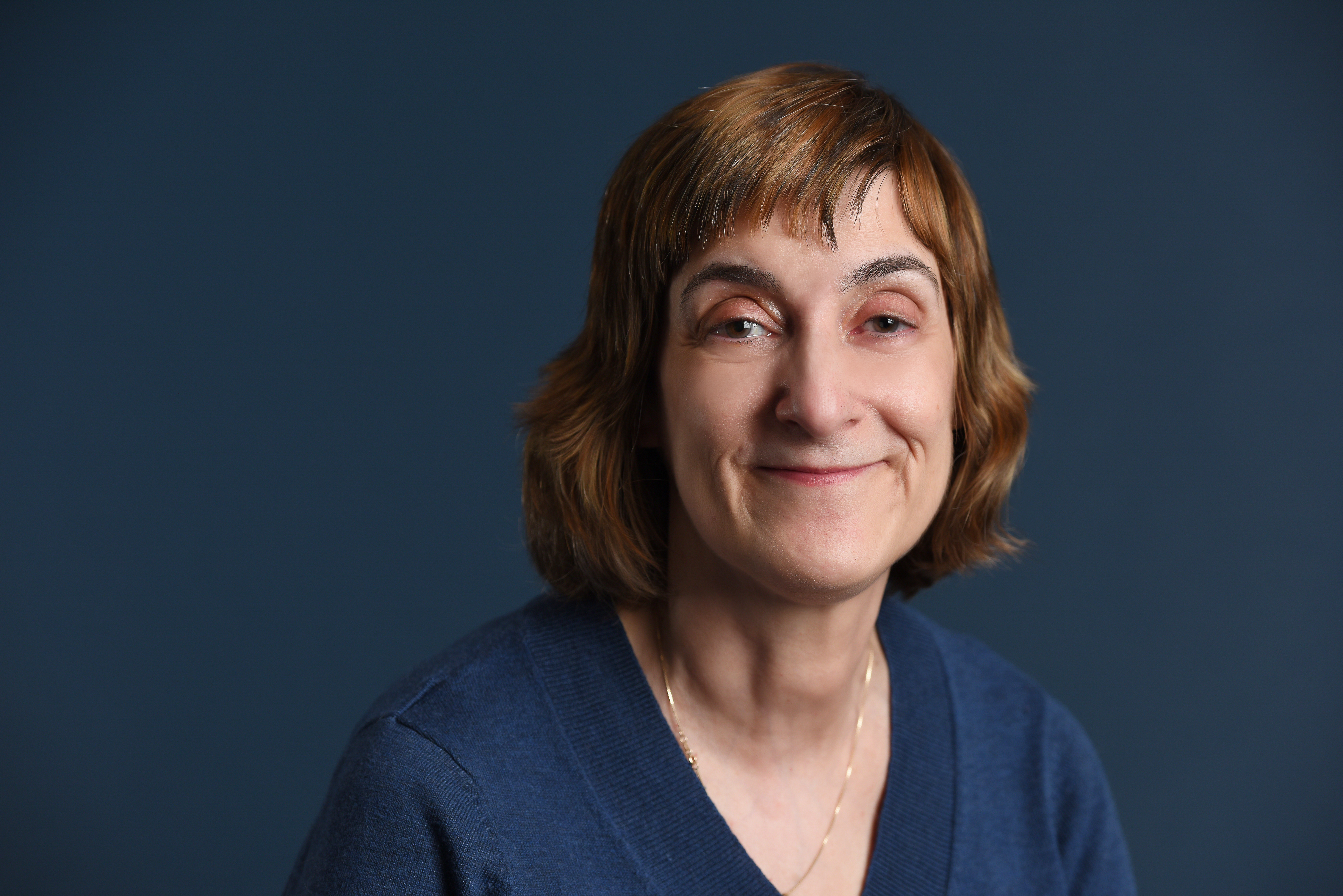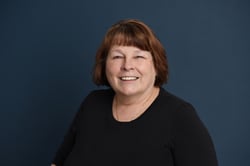Table of Contents
- What Is a Down Payment?
- How to Calculate Your Minimum Down Payment
- How Down Payments Affect the Cost of Your Mortgage
- Closing Costs to Consider
- First-Time Home Buyer Incentives
- The First Home Savings Account (FHSA)
- The Home Buyer’s Amount/Home Buyer’s Tax Credit (HBTC)
- GST/HST New Housing Rebates
- The Home Buyers’ Plan (HBP)
- Tips to Help You Save for a Down Payment
- Credit Canada can help you save for your down payment

Saving up for your first-time home buyer's down payment can feel like an impossibility. However, there’s a process you can follow to help you achieve home ownership.
Want to know the process for buying a home? Homebuying in Canada can be broken down into several key steps:
- Assess If Buying a Home is Right for You. Look at different homes, your expected costs (including closing costs), and your personal finances to determine if home ownership is the right choice for you. Compare home ownership costs and benefits against rental expenses and benefits. Consider which amenities you would want in a home—number of rooms, bathrooms, yard size, etc. and research how much the average home including those amenities would cost in the market you plan to make the purchase in.
- Save for Your New Home. Once you have determined what kind of home you want and what the average cost would be, it’s time to start saving for a down payment. The amount of money you need to set aside for a down payment will vary depending on the cost of the home market you’re shopping in and the lender’s terms. Check home prices for the market you’re planning to buy in whenever you hit a major down payment savings milestone—home prices are subject to change over time.
- Create a Budget for Your Home Purchase. Before purchasing a home, it's important to create a budget that helps you set aside money for the down payment. When creating this budget, consider the timeline you want to establish for home ownership. If you want to have the minimum down payment within the next three years, you would need to set aside more money per month than you would if you had a goal of having your down payment ready within the next ten years.
- Shop Around with Different Lenders/Brokers. Don’t feel pressured to take the first loan offer you get. Shop around and find the mortgage with the best terms for your needs. Also, be sure to look at loans from federally regulated banks—they’re obligated to offer and sell you products that are appropriate for you based on your circumstances and financial needs.
- Start the Preapproval Process. When applying for a mortgage, you will undergo a mortgage preapproval process. In this process, you’ll contact the lender or mortgage broker and provide them with documentation detailing your assets, income, debts, identification, proof of employment, etc. They’ll then run an assessment to see if you could be approved for a mortgage (note: being “preapproved” does NOT guarantee that you will qualify for the mortgage; it’s merely an early screening process).
- Select a Few Ideal Homes for Your Needs. Make a list of homes that you find ideal based on location, amenities, cost, and other factors. Why multiple homes? That way, you aren’t locked into a single choice. If you aren’t able to negotiate the right price or terms, you can walk away more easily if you have another choice lined up.
- Close and Pay for Your Home. If you are approved for your mortgage and close on the home, it’s time to start making payments on it. Set up a payment method to ensure you don’t miss a payment. For example, you could set up a direct payment from your chequing account to your lender.
What Is a Down Payment?
A down payment is a minimal upfront payment made on the purchase of a home. The minimum down payment is typically a percentage of the cost of the home. This percentage may vary depending on the cost of the home.
For example, a home costing less than $500,000 typically requires a 5% down payment, a home between $500,000 and $999,999 would need a 5% down payment on the first $500k of the cost and 10% on the remainder, and a home above $1 million requires a down payment of 20%.
How to Calculate Your Minimum Down Payment
The calculation for the minimum down payment on your home is relatively simple for homes costing less than $500,000—just take the cost of the home and multiply it by 0.05 (i.e., 5%). So, a home worth $395k would have a minimum down payment of $19,750.
Calculating the cost of a home above $1 million in value is also simple—just take the value of the home and multiply it by 0.2 (i.e., 20%). So, a $2.5 million home would require a minimum $500,000 down payment.
To calculate the minimum down payment on a home with a cost between $500,000 and $999,999, start with $25,000 (5% of the first $500k) and add 10% of the remainder. So, for a home costing $750,000, your down payment would be $50,000 ($25k for the first $500k, and another $25k for the remaining $250,000).
In short, the down payment you need to meet would be:
- 5% of the first $500,000 (up to $25,000)
- 10% of the cost of the next $500,000 plus the $25,000 for the first $500k of the home’s value (up to an additional $50,000 for a maximum total of $75,000)
- 20% of the cost of any home worth more than $1,000,000
In addition to this minimum down payment, you’ll also need to consider additional costs like closing costs, mortgage loan insurance, property appraisal fees, inspection fees, taxes, and real estate attorney fees, and interest. Setting aside an additional 5%-10% can help you cover these additional costs.
"You may need to plan for a larger mortgage payment if interest rates rise."
Cathy Plowman, Credit Counsellor, Credit Canada
How Down Payments Affect the Cost of Your Mortgage
You can make more than the minimum down payment on your mortgage when buying a home. If you pay more than the minimum, you can set yourself up to save money in the long run.
By paying more than the minimum amount, you can take out a smaller mortgage—which helps you avoid paying interest on a larger loan amount. It can also help lower the cost of any mortgage loan insurance.
Closing Costs to Consider
There are many costs associated with home ownership beyond the minimum down payment and the mortgage. Closing costs typically vary between 1.5% and 4% of the value of the home. What are closing costs? They’re extra fees related to the loan and the home-buying process that aren’t included in the home’s price.
As a general rule of thumb, saving an additional 5%-10% of the home’s value can help ensure you have enough to cover these and other unplanned costs. Some examples of extra costs to consider when buying a home include:
- Inspection Fees. Before buying a home, you’ll want to verify that it is free of any major defects (or, if it has issues you’ll need to fix, that they’re fixed or the cost of those repairs is taken out of the purchase price). A pre-purchase inspection helps identify any potential problems. This service can vary in cost but typically falls between $300 and $500 CAD—though it can cost more for larger homes.
- Property Appraisal Fees. A property appraisal is a service where an expert determines the market value of a property. This is often a requirement for a mortgage loan as the lender needs to know that the property’s value is in line with the loan being provided (i.e., you’re not seeking a $750k loan on a property worth less than $300k).
- Mortgage Loan Insurance. This is a form of insurance designed to protect lenders if the borrower defaults on their mortgage loan. The cost of this insurance is typically passed on to the borrower by the lender, so it can add to the cost of your mortgage. It is commonly required on loans where the down payment is less than 20% of the home’s value.
- Real Estate Attorney Fees. You will want to hire a lawyer specializing in real estate to help you navigate the home-buying process. Your attorney can review the mortgage agreement, verify that the fees assessed are appropriate, and warn you of potential issues with the transfer of title. This is not a mandatory expense, but one that can more than justify itself by protecting your interests. The cost of a real estate attorney can exceed $1,800.
- Sales Tax. If you’re buying a new house from a builder or purchasing a new property, you may have to pay a sales tax on the property. This fee can vary depending on the province but is typically between 5% and 15% of the property’s price (the 5% is the federal tax, while some provinces add an additional provincial tax).
- Land Transfer Tax. This is a tax paid to a province or municipality (or both) where the property is transferred. This tax varies by location. For example, in Nova Scotia, land transfer taxes vary between 0.5% and 1.5% because each municipality has its own transfer tax rate.
- Mortgage Interest. Any mortgage will have an interest rate attached to it. Interest rates for a mortgage can vary depending on the lender, your credit score, your down payment, the current prime lending rate, and whether the loan is fixed or variable.

First-Time Home Buyer Incentives
Are you buying your first home? Then you might want to leverage incentive programs like:
The First Home Savings Account (FHSA)
The First Home Savings Account is a registered plan that allows first-time home buyers to save to buy (or build) a qualifying first home tax-free. You place funds into the FHSA plan and it reduces the taxes you may owe.
Then, when the time comes to place a down payment on your home, you can make a qualifying withdrawal to help you cover the cost. You can also make a withdrawal for purposes other than for a qualifying withdrawal, but those withdrawals must be reported as taxable income on your tax return.
The Home Buyer’s Amount/Home Buyer’s Tax Credit (HBTC)
This is a non-refundable tax credit of up to $1,500. To be eligible, you or your spouse must have acquired a qualifying home and you must not have lived in another home that you or your spouse owned in the year of acquisition or any of the preceding four years.
GST/HST New Housing Rebates
This is a rebate for individuals that helps them recover some of the Goods and Services Tax (GST) or the federal portion of the Harmonized Sales Tax (HST) paid for a new or “substantially renovated” house that is to be used as the individual’s primary residence.
The Home Buyers’ Plan (HBP)
The HBP is a program that allows home buyers to withdraw up to $35,000 from their Registered Retirement Savings Plan (RRSP) tax-free to help fund the purchase of their first home.
10 Tips to Help You Save for a Down Payment
The average cost of a home in Canada was $703,446 in April of 2024. So, the down payment on the average home would be $45,344.60 CAD ($25,000 to cover 5% of the first $500,000 and $20,344.60 to cover 10% of the remaining $203,446).
"The importance of automating savings really can't be overstated. Anyone who is trying to save for a particular purpose needs to have a talk with their financial institution and ask about ways to have money automatically removed from their chequing account on payday ... before it can be spent on something else."
Richard Haggins, Senior Education Facilitator, Credit Canada
So, how do you save $46,000 when you have student debt, current living expenses, car payments, and an active social life? It’s easy to be overwhelmed by the numbers and lose sight of the goal. But with hard work, discipline, and resolve, you can save $46,000 (and more!) for that first down payment.
Here are some tips to help you make that home purchase more achievable.
-
Set a financial goal. Break your down payment up into small, realistic, timely goals. For example, find a way to set aside $3,000 or $4,000 from your regular budget every year. Pay yourself first before paying any other expenses. You can start planning right now using the Credit Canada Budget Calculator.
-
Consolidate gifts & savings. Use Christmas, weddings, or other occasions as opportunities to add to your savings. Tell family and friends about your goal and let them play a part.
-
Check out the Home Buyers’ Plan. Consider accessing the Home Buyers’ Plan with the CRA to use up to $35,000 of your RRSP savings for qualifying down payments.
-
Look beyond "hot" markets. Lower home prices come with lower down payment requirements.
-
Consider condos/townhomes over houses. Condos and townhomes cost significantly less than a house for almost the same amenities (if not more). Not having a lawn and backyard to take care of can also save money over the years.
-
Set up a First Home Savings Account. Leverage the FHSA program to reduce your tax burden. This ensures that your savings are not mixed with your monthly expenses.
-
Use a budget tracker. Stay focused on your goal by using Credit Canada’s Budget Tracker.
-
Get a side hustle. Take a part-time job or set up a small business in addition to your regular work. In the era of social media, it’s easy to turn a hobby into extra income—just make sure your extra income goes into your savings.
-
Save tax refunds. If you get a tax refund, put it towards your down payment. If you have less than $35,000 in your RRSP or haven’t fully funded your FHSA ($8,000/year), consider investing your tax refund into your RRSP or FHSA, which will help you get a tax refund next year. This creates a cycle of saving and earning more money for your down payment.
-
Stay focused. Put off unnecessary purchases until you reach your savings goal for your down payment.
Credit Canada can help you save for your down payment
The keys to saving for your first home can be boiled down to setting a strict budget, leveraging tax-advantaged savings programs and credits, shopping smart when picking a home, and sticking to your goals.
Responsible financial planning and careful preparation can help you secure your dream home. It can also be easier said than done. Thankfully, there’s help available.
If you need help budgeting for a down payment or are considering debt consolidation so you can focus on saving, call and speak to one of our Credit Counsellors for personalized advice.
They can provide you with a free counselling session. They will help you set realistic financial goals (like saving for a down payment) and create a budget to help you achieve them.

Frequently Asked Questions
Have questions? We are here to help.


.png?width=128&height=128&name=Untitled%20design%20(25).png)
.png?height=735&width=2436)
.png?width=128&height=128&name=Untitled%20design%20(24).png)





